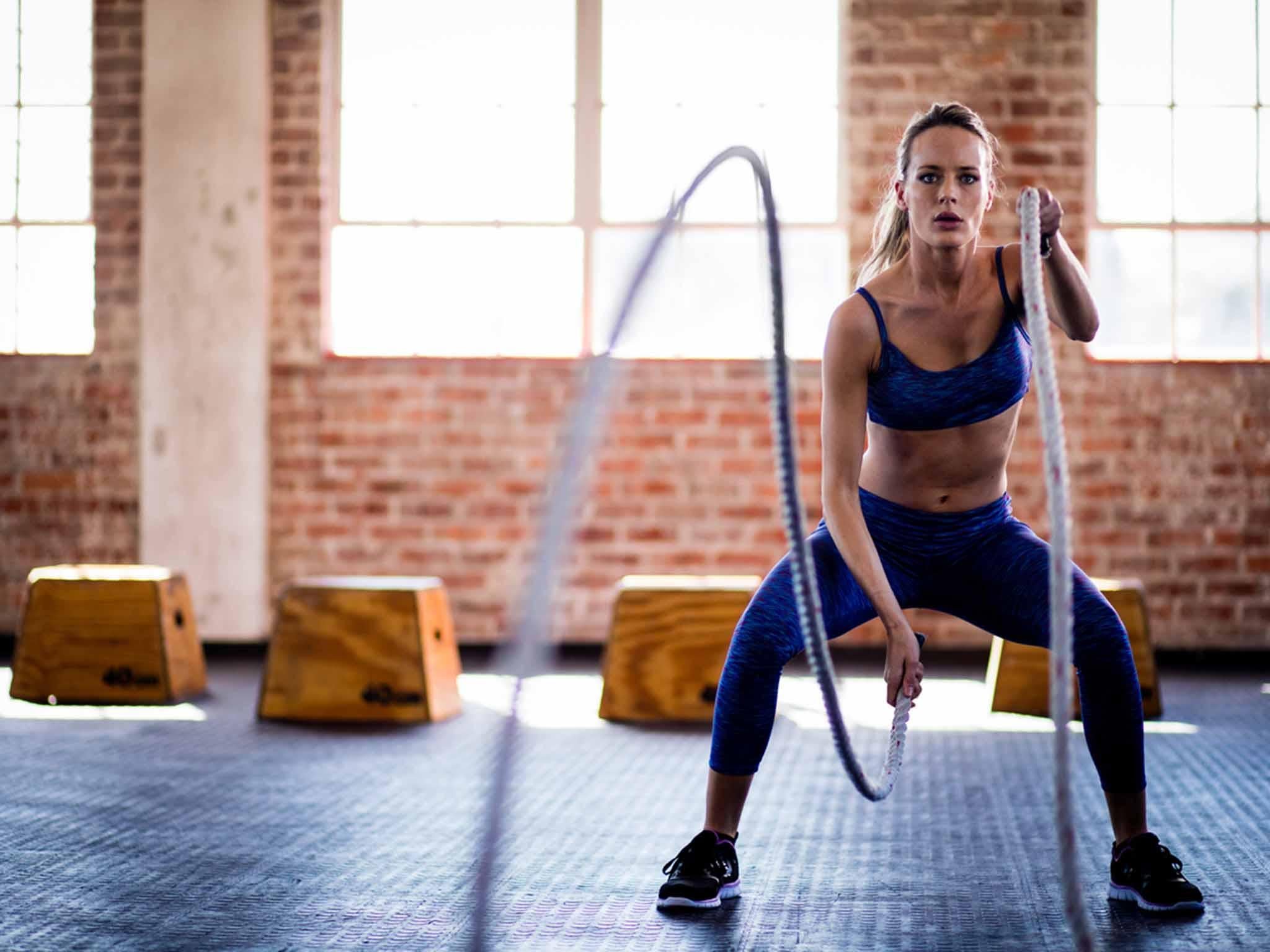HIIT: How long a high intensity workout should really last
It's the one thing most people get wrong

Your support helps us to tell the story
From reproductive rights to climate change to Big Tech, The Independent is on the ground when the story is developing. Whether it's investigating the financials of Elon Musk's pro-Trump PAC or producing our latest documentary, 'The A Word', which shines a light on the American women fighting for reproductive rights, we know how important it is to parse out the facts from the messaging.
At such a critical moment in US history, we need reporters on the ground. Your donation allows us to keep sending journalists to speak to both sides of the story.
The Independent is trusted by Americans across the entire political spectrum. And unlike many other quality news outlets, we choose not to lock Americans out of our reporting and analysis with paywalls. We believe quality journalism should be available to everyone, paid for by those who can afford it.
Your support makes all the difference.[This article was originally published in 2017.]
Burpies, squats, lunges and leg jumps; high intensity interval training aka HIIT is a rising star in the fitness world.
But the most effective part of the workout is also the very thing many HIIT aficionados are getting wrong, Rachel Vaziralli, the creative manager of group fitness at Equinox told Well and Good.
An effective way to burn fat, the concept of HIIT is to pack as much intense energy as possible into a short amount of time.
So, what is the optimal period that you should be working out for?
Often seen as a hardcore fitness class, many sessions last more than 60 minutes but it turns out that high intensity, high volume workouts could be doing more harm than good.
The whole point of HIIT is to work at maximum capacity in short bursts so if you’re working out for longer than 30 minutes you might not actually be pushing yourself hard enough.
If the session is too long, there’s no way you can reach true high intensity.
It’s also important to remember that if you attempt to push to an unsustainable level for an extended period of time, you could cause yourself injury.
That being said, a workout that lasts any less than 15 minutes probably means that you haven’t spent enough time at a high exertion level to make much of a difference either.
In general, when performing HIIT you need to choose between either pushing for maximum intensity in shorter bursts or longer, less invasive cardio and strength sessions.
Join our commenting forum
Join thought-provoking conversations, follow other Independent readers and see their replies
Comments